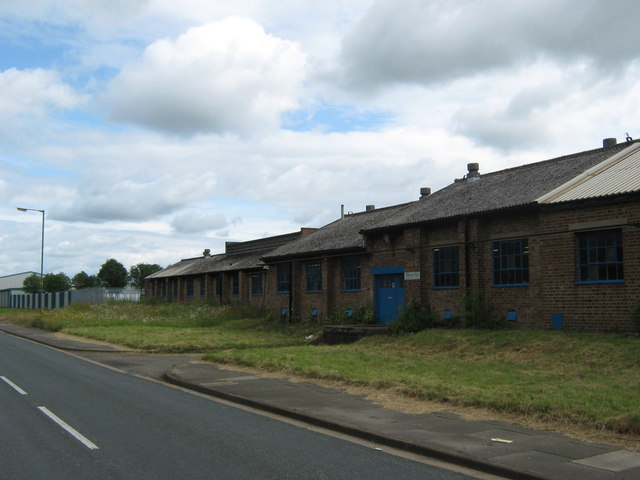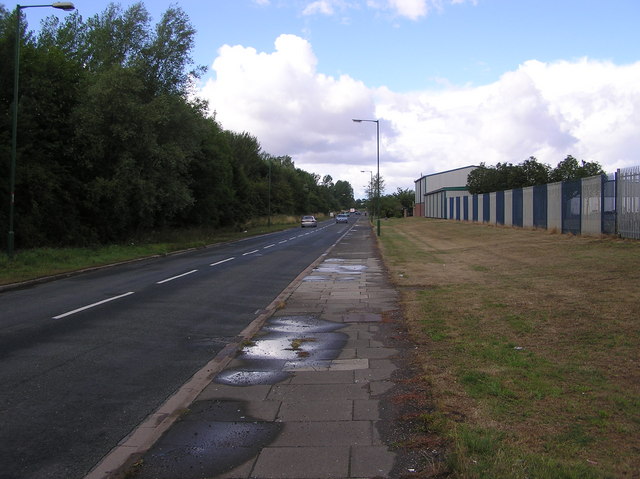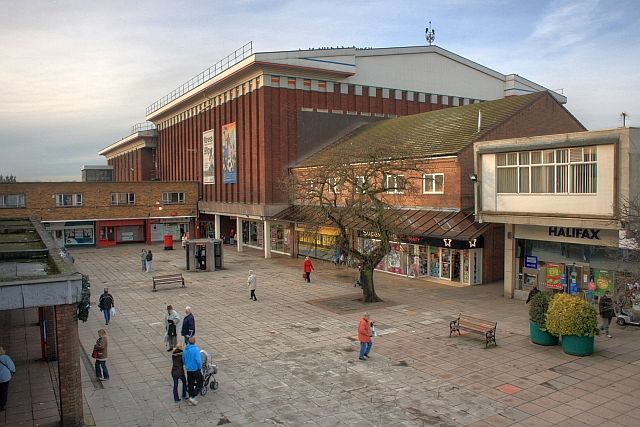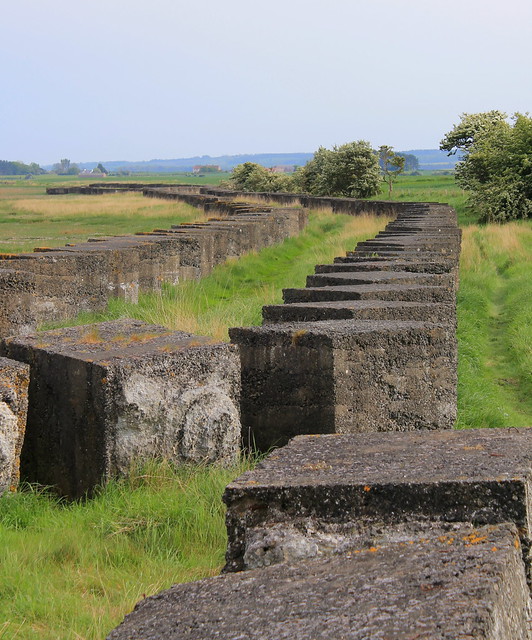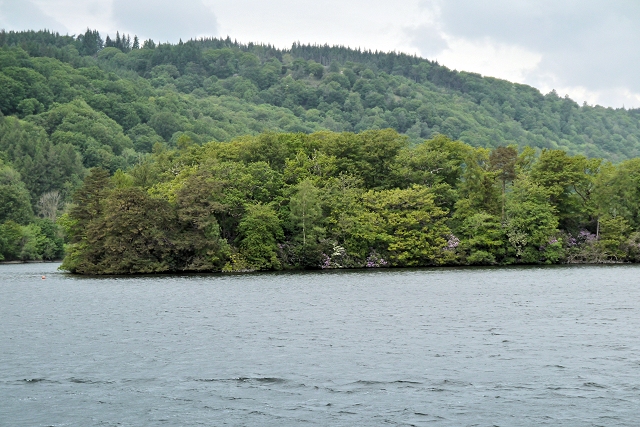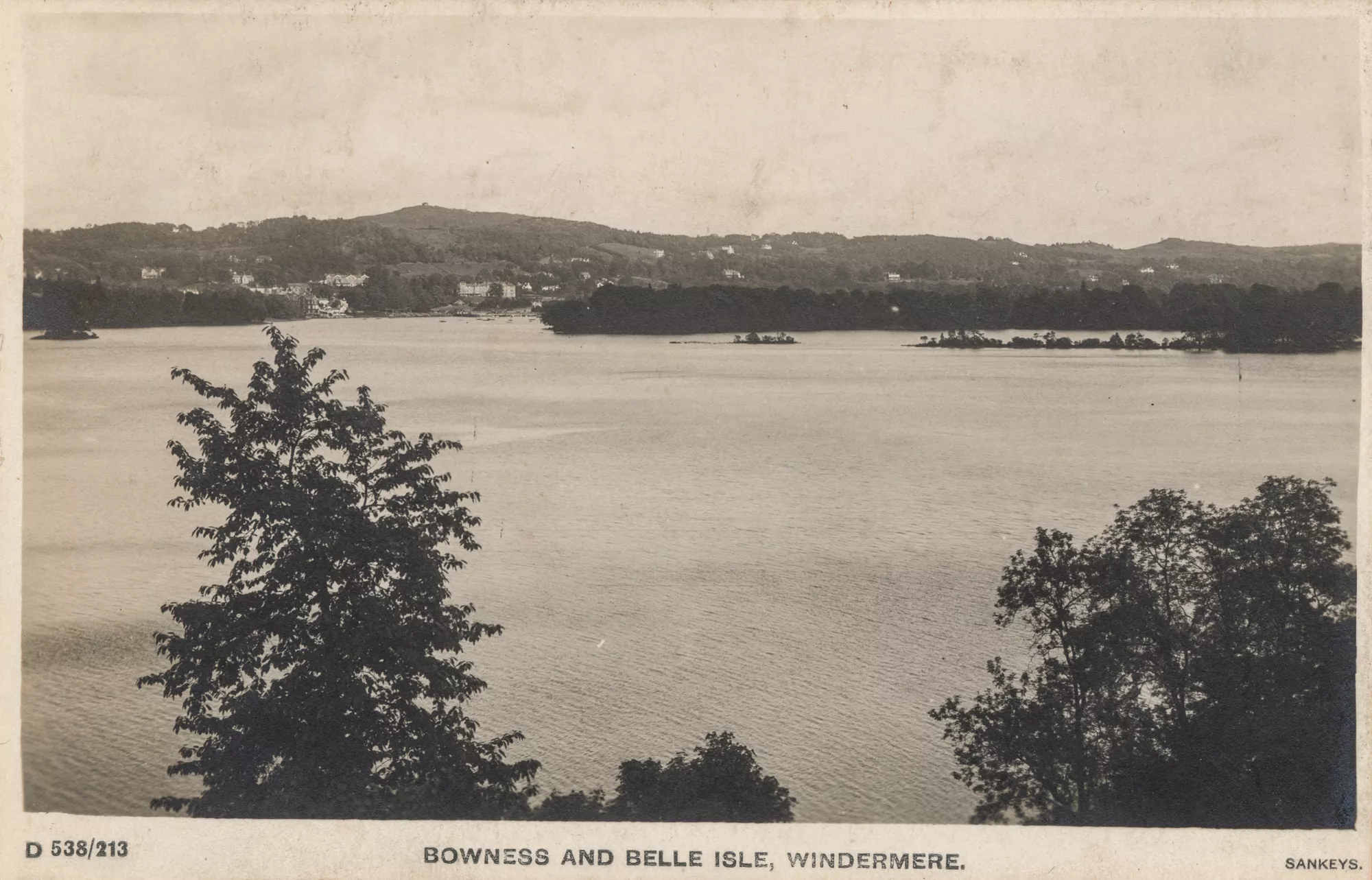Topics > County Durham > Newton Aycliffe > ROF Aycliffe
ROF Aycliffe
ROF Aycliffe, was a Royal Ordnance Factory built on an site off Heighington Lane, Aycliffe, County Durham, England during the early 1940s.
"Aycliffe Angels"
The factory's workers included around 17,000 women from the surrounding towns and villages, who worked filling shells and bullets and assembling detonators and fuzes for the war effort. They became known as the "Aycliffe Angels" after a Nazi propaganda broadcast from Lord Haw-Haw threatened that "The little angels of Aycliffe won't get away with it" and promised that the Luftwaffe would bomb them into submission.
By its nature the work was very dangerous and many workers were killed and injured during the manufacturing process; however due to the secrecy surrounding the factory and its workers, many incidents went unrecorded and unreported in the news and their efforts went unrecognised.
In 2000 local newspaper The Northern Echo launched a campaign to have their work officially recognised, this led to a memorial service which was attended by Prime Minister and local MP Tony Blair and the Queen. A permanent memorial was also placed in Newton Aycliffe town centre commemorating their efforts.
Operations
The marshy location was chosen as it was an ideal site, shrouded in fog and mist for much of the year providing cover against bombing by the Luftwaffe. It opened as ROF 59 (Filling factory early in 1941, resulting in the construction and opening of two new stations on the former Clarence Railway at and .
As a munitions factory, ROF Aycliffe operated 24 hours a day, employing over 17,000 workers in three shift groups. Most of the workers were women. They were transported from surrounding areas onto the site by bus and train, with the most local workers arriving on foot or by bicycle.
During its existence, the factory produced finished munitions including bullets, shells and mines. Operational for just over four years until the end of World War II in 1945, by which point it had produced some 700 million bullets and countless other munitions. The factory was designated as a 'Top Secret' installation and surrounded by high fences with barbed wire.
The factory was visited during the war years by Winston Churchill and members of the British Royal Family. Many well-known entertainers of the day also performed at the factory for the workers.
Post-war
After the war, the factory closed and the site was turned into the Newton Aycliffe Industrial Estate in the late 1940s. Many of the original buildings are still standing today.
Visit the page: ROF Aycliffe for references and further details. You can contribute to this article on Wikipedia.

from https://commons.wikimedia.org…
Munitions work at a Royal Ordnance Factory, Aycliffe c.1942
- "The Women Behind the Women- Munitions work at a Royal Ordnance Factory in the North of England, c 1942
War worker Mrs Wilkinson breaks down fuses at ROF Aycliffe, near …
Added by
Simon Cotterill


from https://commons.wikimedia.org…
Munitions work at a Royal Ordnance Factory, Aycliffe c.1942
- "The Women Behind the Women- Munitions work at a Royal Ordnance Factory in the North of England, c 1942
War worker Mrs Wilkinson breaks down fuses at ROF Aycliffe, near …
Added by
Simon Cotterill
